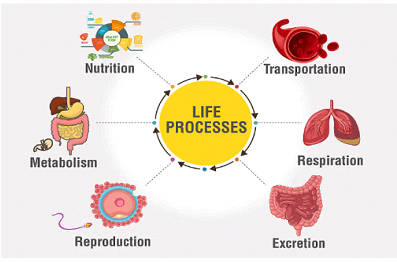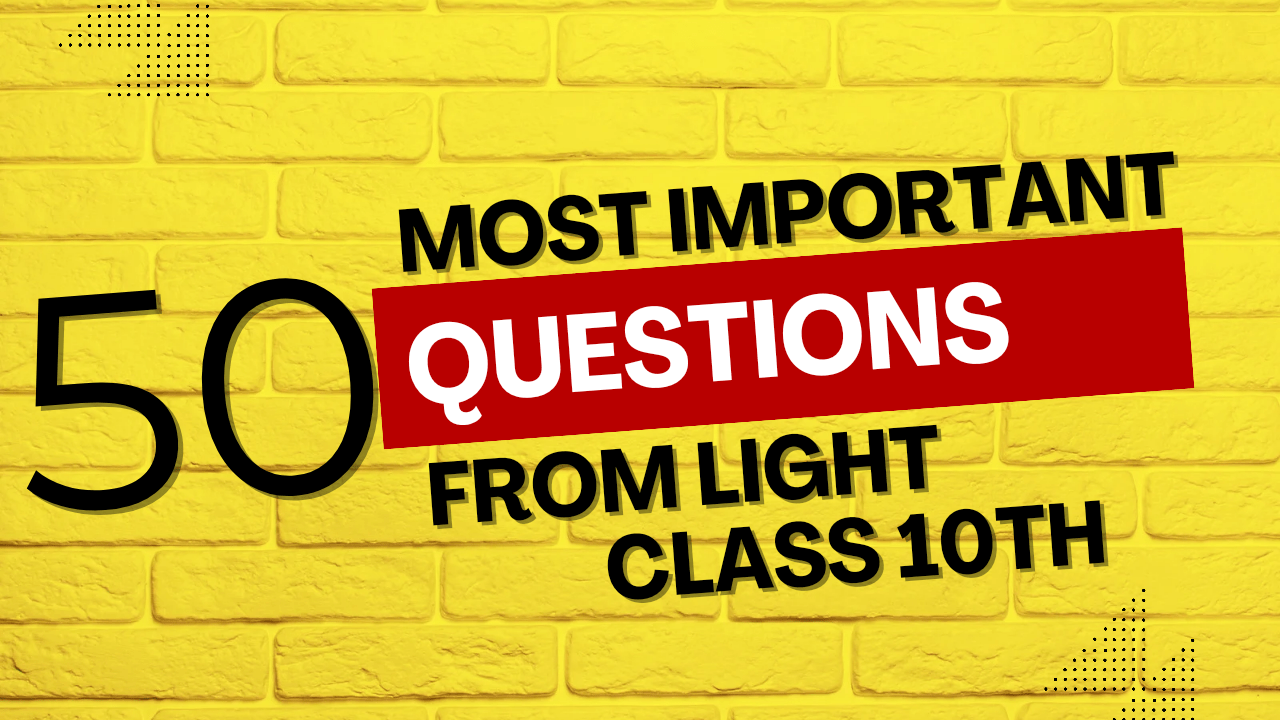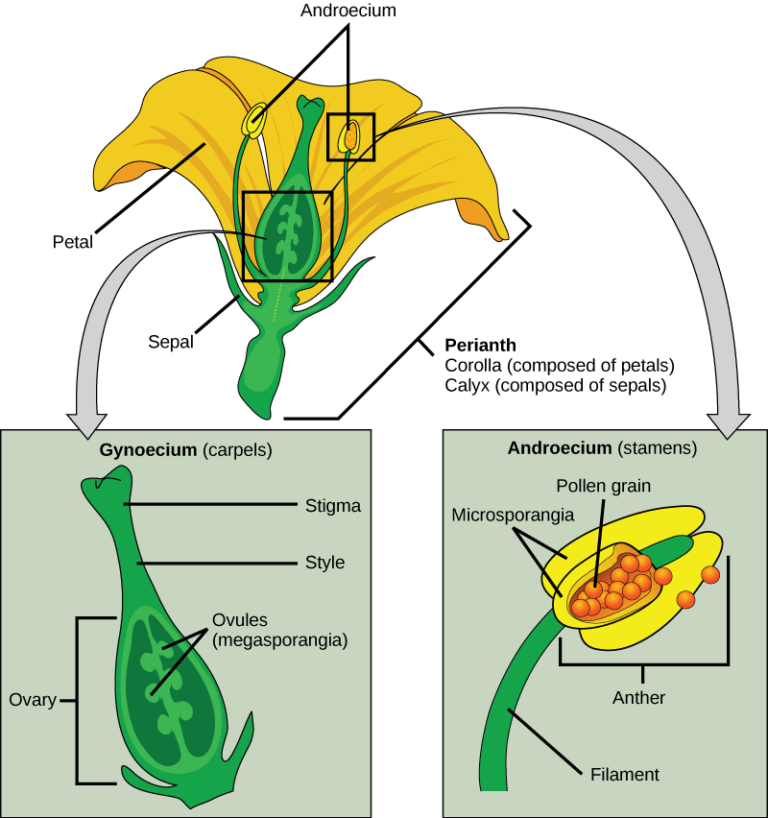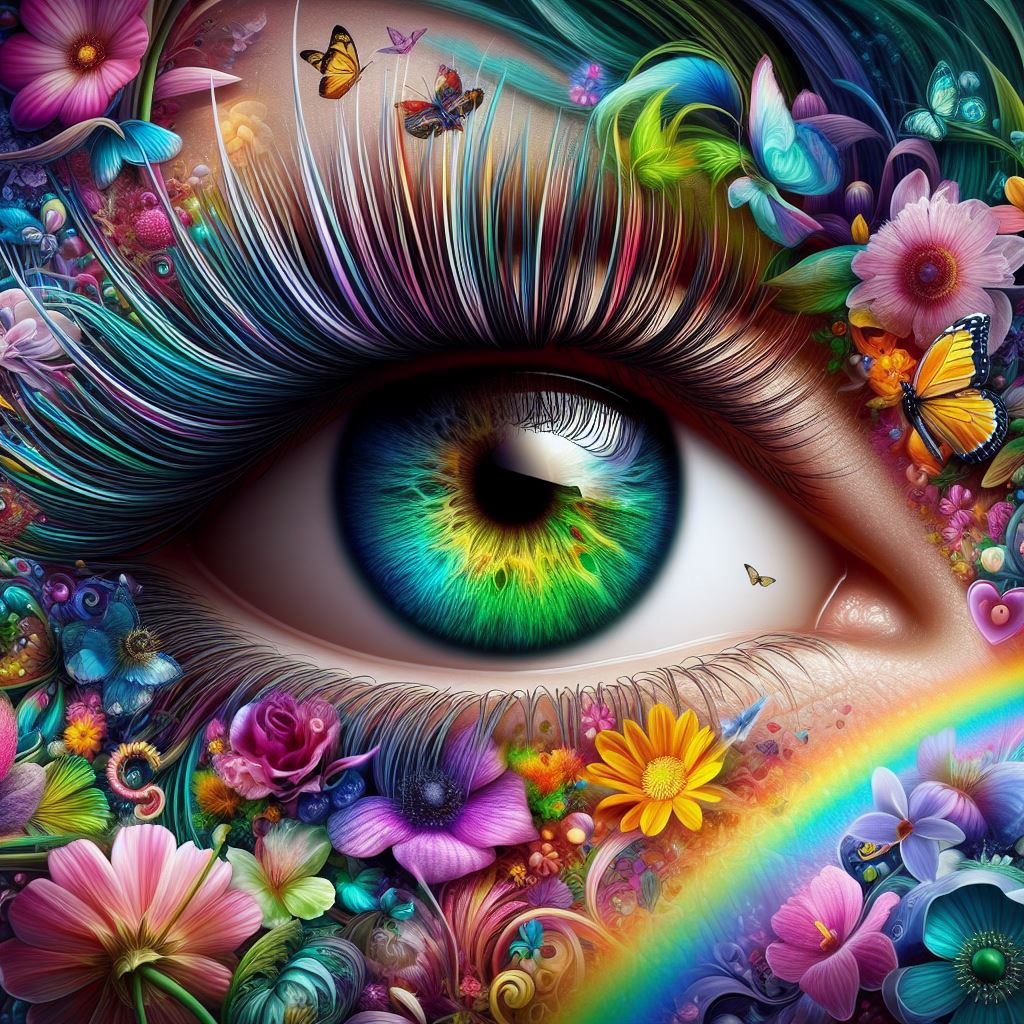Class 10th Science 100 Most Important Questions of Life Processes with Answers are as under:
Here are 100 questions and answers from the chapter “Life Processes,” of Class 10th Biology.
Life Processes Overview
- What are life processes?
Life processes are the basic functions performed by living organisms to maintain their life, such as nutrition, respiration, transportation, and excretion.
Nutrition
- What is the importance of nutrition in life processes?
Nutrition is crucial as it provides the energy and materials needed for growth, repair, and maintenance of the body. - What are the two main types of nutrition?
The two main types of nutrition are autotrophic and heterotrophic. - What is autotrophic nutrition?
Autotrophic nutrition is a type of nutrition where organisms produce their own food from simple substances like carbon dioxide and water, using light or chemical energy, e.g., plants using photosynthesis. - What is heterotrophic nutrition?
Heterotrophic nutrition is a type of nutrition where organisms obtain their food by consuming other organisms, e.g., animals, fungi, and many bacteria. - What is photosynthesis?
Photosynthesis is the process by which green plants and some other organisms use sunlight to synthesize foods with carbon dioxide and water, producing oxygen as a by-product. - Write the chemical equation for photosynthesis.
6CO₂ + 6H₂O + light energy → C₆H₁₂O₆ + 6O₂. - What are the main steps involved in the process of nutrition in humans?
The main steps are ingestion, digestion, absorption, assimilation, and egestion. - What is ingestion?
Ingestion is the process of taking food into the body through the mouth. - What is digestion?
Digestion is the breakdown of large, insoluble food molecules into small, soluble molecules that can be absorbed into the bloodstream. - What are enzymes and their role in digestion?
Enzymes are biological catalysts that speed up the chemical reactions involved in digestion, e.g., amylase breaks down starch into sugars. - What is absorption?
Absorption is the process by which the digested food molecules pass through the wall of the small intestine into the bloodstream. - What is assimilation?
Assimilation is the process by which absorbed nutrients are used by the body cells for growth, energy, and repair. - What is egestion?
Egestion is the process of removing undigested waste material from the body.
Respiration
- What is respiration?
Respiration is the process by which organisms convert glucose and oxygen into energy, with carbon dioxide and water as by-products. - What is the difference between aerobic and anaerobic respiration?
Aerobic respiration requires oxygen to produce energy, while anaerobic respiration does not require oxygen and produces less energy. - Write the chemical equation for aerobic respiration.
C₆H₁₂O₆ + 6O₂ → 6CO₂ + 6H₂O + energy. - What is the site of aerobic respiration in the cell?
The site of aerobic respiration in the cell is the mitochondria. - What is the by-product of anaerobic respiration in muscle cells?
The by-product of anaerobic respiration in muscle cells is lactic acid. - What is the respiratory system in humans?
The respiratory system in humans includes the nose, pharynx, larynx, trachea, bronchi, lungs, and diaphragm. - What is the main function of the respiratory system?
The main function is to facilitate the exchange of gases, mainly oxygen and carbon dioxide, between the body and the environment. - What is the role of the nose in the respiratory system?
The nose filters, warms, and moistens the air entering the respiratory system. - What is the function of the pharynx?
The pharynx serves as a passageway for both air and food. - What is the function of the larynx?
The larynx, or voice box, is responsible for producing sound and protecting the trachea during swallowing. - What is the trachea?
The trachea, or windpipe, connects the larynx to the bronchi and allows air passage to the lungs. - What are bronchi?
Bronchi are the two main branches of the trachea that lead to each lung and further divide into smaller bronchioles. - What is the function of the lungs?
The lungs are the main organs of respiration where gas exchange occurs. - What are alveoli?
Alveoli are tiny air sacs in the lungs where the exchange of oxygen and carbon dioxide occurs. - How does gas exchange occur in the alveoli?
Oxygen diffuses from the alveoli into the blood, and carbon dioxide diffuses from the blood into the alveoli. - What is the diaphragm?
The diaphragm is a muscle that separates the chest cavity from the abdominal cavity and plays a crucial role in breathing.
Circulatory System
- What is transportation in life processes?
Transportation refers to the movement of substances like nutrients, gases, and wastes within an organism. - What is the circulatory system?
The circulatory system is responsible for transporting blood, nutrients, gases, and wastes to and from the cells of the body. - What are the main components of the human circulatory system?
The main components are the heart, blood, and blood vessels. - What is the function of the heart?
The heart pumps blood throughout the body, supplying oxygen and nutrients to tissues and removing carbon dioxide and other wastes. - What are the types of blood vessels?
The types of blood vessels are arteries, veins, and capillaries. - What is the function of arteries?
Arteries carry oxygen-rich blood away from the heart to the body tissues. - What is the function of veins?
Veins carry oxygen-poor blood from the body tissues back to the heart. - What is the function of capillaries?
Capillaries are small blood vessels where the exchange of gases, nutrients, and wastes occurs between blood and body cells. - What is blood composed of?
Blood is composed of plasma, red blood cells, white blood cells, and platelets. - What is the role of red blood cells?
Red blood cells transport oxygen from the lungs to the body’s tissues and carbon dioxide from the tissues to the lungs. - What is the role of white blood cells?
White blood cells are part of the immune system and help fight infections. - What is the role of platelets?
Platelets are involved in blood clotting and help prevent bleeding. - What is the double circulatory system?
The double circulatory system refers to the separate pathways for blood circulation: one for oxygenated blood (systemic circulation) and one for deoxygenated blood (pulmonary circulation). - What is systemic circulation?
Systemic circulation is the pathway through which oxygenated blood is transported from the heart to the rest of the body and back. - What is pulmonary circulation?
Pulmonary circulation is the pathway through which deoxygenated blood is transported from the heart to the lungs for oxygenation and back to the heart. - What is the function of the aorta?
The aorta is the largest artery in the body and carries oxygenated blood from the heart to the rest of the body. - What is the function of the vena cava?
The vena cava is a large vein that carries deoxygenated blood from the body back to the heart. - What are the four chambers of the heart?
The four chambers of the heart are the right atrium, right ventricle, left atrium, and left ventricle. - What is the function of the right atrium?
The right atrium receives deoxygenated blood from the body through the vena cava. - What is the function of the right ventricle?
The right ventricle pumps deoxygenated blood to the lungs through the pulmonary artery. - What is the function of the left atrium?
The left atrium receives oxygenated blood from the lungs through the pulmonary veins. - What is the function of the left ventricle?
The left ventricle pumps oxygenated blood to the rest of the body through the aorta. - What is the role of the coronary arteries?
The coronary arteries supply oxygenated blood to the heart muscle itself.
Excretory System
- What is excretion in life processes?
Excretion is the process of removing metabolic wastes and excess substances from the body. - What is the main excretory organ in humans?
The main excretory organ in humans is the kidney. - What is the role of the kidneys?
The kidneys filter blood to remove waste products and excess substances, forming urine. - What are the main parts of the human excretory system?
The main parts are the kidneys, ureters, bladder, and urethra. - What is the function of the ureters?
The ureters transport urine from the kidneys to the bladder.
100 Most Important Questions of Life Processes with Answers
- What is the function of the ureters?
The ureters transport urine from the kidneys to the bladder. - What is the function of the bladder?
The bladder stores urine until it is expelled from the body. - What is the function of the urethra?
The urethra is the tube through which urine is expelled from the bladder out of the body. - What is the nephron?
The nephron is the functional unit of the kidney, responsible for filtering blood and forming urine. - What are the main parts of a nephron?
The main parts of a nephron are the glomerulus, Bowman’s capsule, proximal tubule, loop of Henle, distal tubule, and collecting duct. - What is the function of the glomerulus?
The glomerulus filters blood, allowing water and small molecules to pass into the Bowman’s capsule while retaining larger molecules like proteins and blood cells. - What is the function of the Bowman’s capsule?
The Bowman’s capsule surrounds the glomerulus and collects the filtrate that passes through the glomerulus. - What is the role of the proximal tubule?
The proximal tubule reabsorbs water, ions, and nutrients from the filtrate back into the blood. - What is the loop of Henle?
The loop of Henle concentrates the urine by reabsorbing water and salts. - What is the role of the distal tubule?
The distal tubule further reabsorbs ions and adjusts the pH of the filtrate. - What is the function of the collecting duct?
The collecting duct reabsorbs water and concentrates the urine, which then flows to the renal pelvis and into the ureter. - What is urea and where is it formed?
Urea is a waste product formed in the liver from the breakdown of proteins and is excreted in the urine. - How do kidneys help in maintaining homeostasis?
Kidneys regulate the balance of water, salts, and other substances in the blood and remove waste products to maintain homeostasis.
Homeostasis and Coordination
- What is homeostasis?
Homeostasis is the maintenance of a stable internal environment in the body, despite changes in external conditions. - What is the importance of the nervous system in life processes?
The nervous system controls and coordinates all body functions and responds to internal and external stimuli. - What are the main parts of the human nervous system?
The main parts are the brain, spinal cord, and nerves. - What is the function of the brain?
The brain processes sensory information, controls voluntary actions, and regulates involuntary actions such as heart rate and breathing. - What is the function of the spinal cord?
The spinal cord transmits information between the brain and the rest of the body and coordinates reflex actions. - What are reflex actions?
Reflex actions are rapid, involuntary responses to stimuli that protect the body from harm. - What is the role of hormones in life processes?
Hormones are chemical messengers that regulate various physiological processes, such as growth, metabolism, and reproduction. - What is the endocrine system?
The endocrine system is a collection of glands that produce hormones and release them into the bloodstream to regulate body functions. - What are some major glands in the endocrine system?
Major glands include the pituitary, thyroid, adrenal, pancreas, and gonads. - What is the function of the pituitary gland?
The pituitary gland is often called the “master gland” because it regulates other endocrine glands and many body functions, including growth. - What is the role of the thyroid gland?
The thyroid gland produces hormones that regulate metabolism, energy production, and growth. - What is the role of insulin?
Insulin, produced by the pancreas, helps regulate blood sugar levels by facilitating the uptake of glucose into cells. - What is the role of the adrenal glands?
The adrenal glands produce hormones like adrenaline that help the body respond to stress. - What is the role of reproductive hormones?
Reproductive hormones, such as estrogen and testosterone, regulate the development and function of reproductive organs and secondary sexual characteristics.
Reproductive System (100 Most Important Questions of Life Processes with Answers)
- What is the function of the reproductive system?
The reproductive system is responsible for producing gametes (sperm and eggs), facilitating fertilization, and supporting the development of offspring. - What are the main organs of the male reproductive system?
The main organs are the testes, vas deferens, seminal vesicles, prostate gland, and penis. - What are the main organs of the female reproductive system?
The main organs are the ovaries, fallopian tubes, uterus, and vagina. - What is the process of fertilization?
Fertilization is the union of a sperm cell from the male and an egg cell from the female, resulting in the formation of a zygote, which develops into an embryo. - What is the function of the testes?
The testes produce sperm and testosterone, the male sex hormone. - What is the function of the ovaries?
The ovaries produce eggs and hormones like estrogen and progesterone. - What is the menstrual cycle?
The menstrual cycle is a monthly series of changes in the female reproductive system that includes the maturation of an egg and preparation of the uterus for pregnancy. - What is the role of the placenta?
The placenta provides oxygen and nutrients to the developing fetus and removes waste products from the fetus’s blood. - What is puberty?
Puberty is the period during which adolescents reach sexual maturity and become capable of reproduction. - What are secondary sexual characteristics?
Secondary sexual characteristics are physical changes that occur during puberty, such as the development of breasts in females and facial hair in males.
Other Key Processes (100 Most Important Questions of Life Processes with Answers)
- What is metabolism?
Metabolism refers to all the chemical reactions that occur within an organism to maintain life, including anabolic and catabolic reactions. - What are anabolic reactions?
Anabolic reactions are processes that build larger molecules from smaller ones, requiring energy, e.g., protein synthesis. - What are catabolic reactions?
Catabolic reactions are processes that break down larger molecules into smaller ones, releasing energy, e.g., cellular respiration. - What is osmoregulation?
Osmoregulation is the process by which organisms regulate the balance of water and electrolytes in their bodies to maintain homeostasis. - What is thermoregulation?
Thermoregulation is the process by which organisms maintain their body temperature within certain limits, despite changes in environmental temperature.




